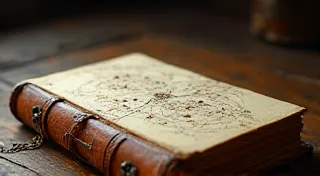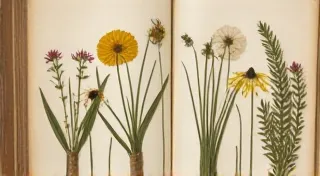The Geometry of Wonder: Maximizing Visual Impact in Limited Spaces
The miniature railway hobby, for those of us who’s drawn to it, isn't just about trains. It’s about crafting worlds, distilling the romance of the iron horse and the vast landscapes it once traversed into a manageable, yet powerful, representation. I often think of it like restoring an antique accordion; a complex mechanism, a testament to the ingenuity of its maker, and a vessel brimming with the echoes of bygone eras. The beauty isn’t just in the functionality, but in the detail, the craftsmanship, and the feeling you get when you breathe life back into it.
My grandfather, a quiet man with calloused hands and eyes that held the vastness of the prairies, collected accordions. Not for playing, really, but for their inherent artistry. He’s the one who fostered my early fascination with the miniature - the idea of capturing immense scale within a contained space. He would tell me stories of the traveling musicians who carried those accordions across continents, bringing music and a touch of the exotic to remote towns. It taught me a profound appreciation for how a small object could carry such a rich history and evoke such powerful feelings.
Applying that same principle to a miniature railway layout, especially when constrained by limited space, requires a shift in perspective. Forget trying to replicate a specific, sprawling region. Instead, embrace the challenge of illusion, of creating the *feeling* of vastness within your meticulously planned microcosm. This isn’t about square footage; it’s about visual geometry.
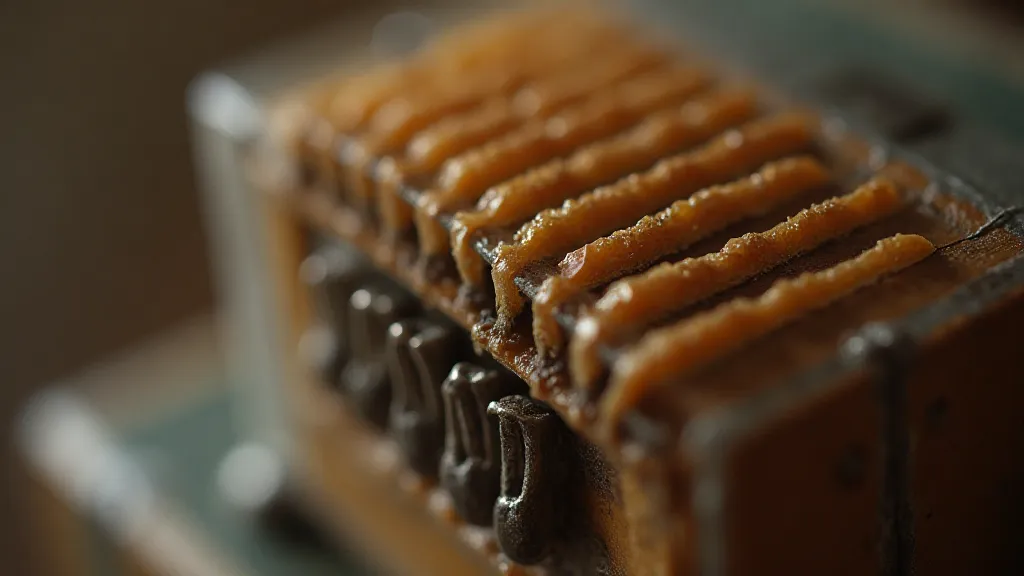
The Illusion of Distance: Track Planning and Perspective
The core of any successful compact layout is clever track planning. Straight lines are your enemy. A long, straight run of track immediately screams “small space.” Curves, and plenty of them, are your allies. Gently sweeping curves create a sense of fluidity and suggest a longer journey than they actually represent. Think about how real-world railways snake through valleys and around mountains - that’s the aesthetic you’re aiming for. Employing a ‘dogbone’ or oval track plan isn't inherently bad, but be mindful of how it’s presented. Break it up. Add spurs, sidings, and crossovers – not for operational complexity, but to visually disrupt the eye and create a more intricate landscape.
Think about elevation changes. Even a subtle grade, barely noticeable, can dramatically alter the perceived depth of your layout. A slight rise followed by a gentle descent creates a visual journey that the eye follows, suggesting a longer distance. Multiple levels, while adding complexity to construction, are exceptionally effective in maximizing visual impact in a small footprint. The key is smooth transitions and believable geological formations.
Scale is crucial. While HO scale is a popular choice, N scale, with its smaller footprint, allows for considerably more detail in a limited space. The trade-off, of course, is increased intricacy in construction and potentially more fragile components. Careful consideration of your skill level and desired level of detail is paramount.
Building Believability: Scenery and Detail
Beyond the trackwork, the scenery is what truly sells the illusion. A sparsely populated, bare-bones layout will always feel small and insignificant. A well-crafted diorama, however, can transport the viewer to another place and time. This isn’t about replicating a specific place; it’s about creating a believable *impression*.
Utilizing forced perspective is a powerful technique. Make distant elements smaller and less detailed than those closer to the viewer. This tricks the eye into perceiving greater distance. Use different ground cover materials to create a sense of depth; darker greens and browns for the foreground, gradually lightening as you move towards the background.
Trees are your friends. A strategically placed forest can obscure the edges of your layout and create a sense of mystery and vastness. However, avoid uniform, cookie-cutter trees. Vary the size, shape, and species to create a more naturalistic appearance. Consider using a mix of evergreens and deciduous trees, and remember that trees in the background can be less detailed and smaller than those in the foreground.
Water features, if executed well, can add a significant amount of visual interest and depth. A small stream or pond, carefully landscaped, can create a focal point and draw the viewer’s eye deeper into the scene. Avoid creating overly large water features; a small, naturalistic body of water will be far more believable in a compact layout.
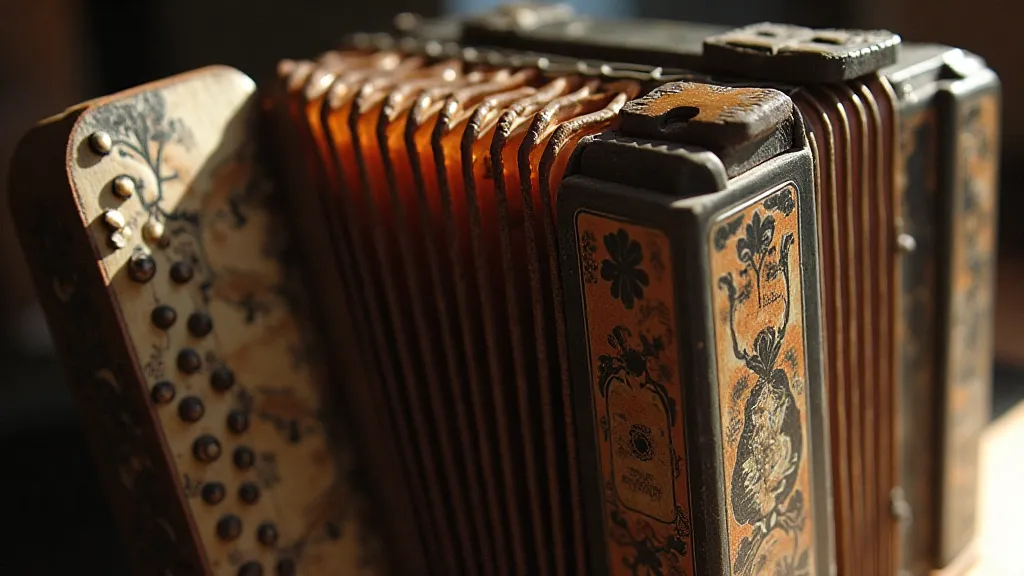
The Art of Weathering and Detailing
No railway scene, no matter how beautifully laid out, feels complete without weathering and detailing. This is where the miniature railway hobby truly meets artistry. A pristine, untouched train or building looks unnatural and out of place. A little grime, rust, and wear and tear can add a tremendous amount of realism and character.
For engines and rolling stock, weathering can involve dry brushing, washes, and subtle application of pigments to simulate dirt, grime, and rust. For buildings, consider adding details such as chipped paint, moss, and ivy. A little goes a long way – avoid overdoing it, as excessive weathering can look unrealistic.
Scratch building, while demanding more time and skill, offers the opportunity to create truly unique and personalized details. Crafting custom buildings, rolling stock, or trackside features allows you to tailor your layout to your specific vision. This process echoes the careful restoration of an antique accordion – meticulously bringing something old and damaged back to life.
Maintaining the Illusion: Consistency and Care
The final, and perhaps most important, element of a successful compact railway layout is consistency. Maintain a consistent scale and style throughout your entire scene. Avoid mixing different eras or technologies unless you have a specific narrative reason for doing so. A lone modern diesel engine amidst a classic steam-era landscape will break the illusion and detract from the overall realism.
Regular maintenance is also crucial. Keep your track clean, your trains running smoothly, and your scenery looking its best. A neglected layout will quickly lose its charm and believability. Just as an antique accordion requires regular care and maintenance to preserve its beauty and functionality, your miniature railway layout needs your attention to thrive.
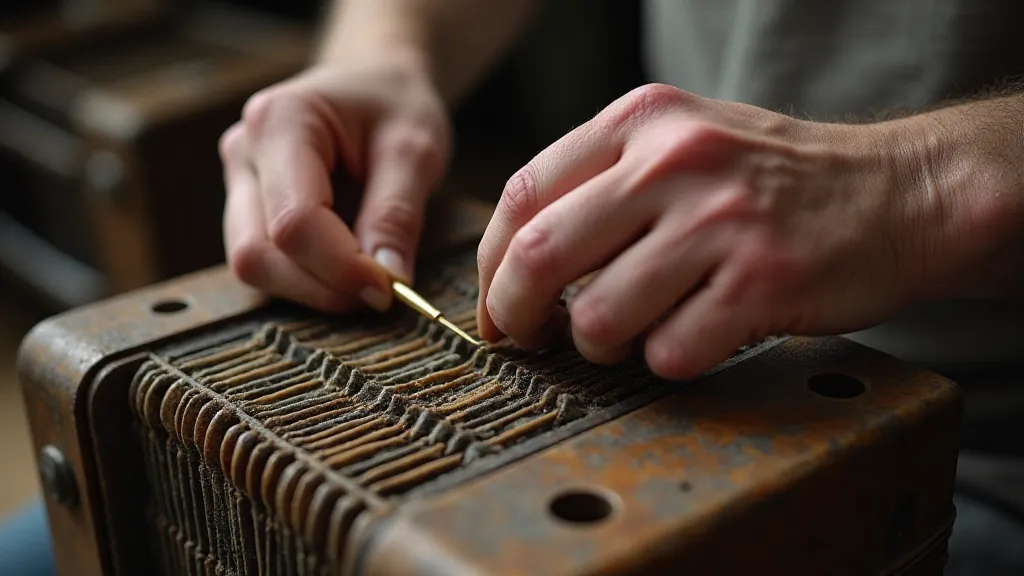
Creating a compelling miniature railway layout in a limited space is a challenge, but it’s a rewarding one. By embracing the principles of illusion, paying attention to detail, and maintaining a consistent vision, you can create a world that transports viewers to another place and time, all within the confines of your carefully planned microcosm. It's a journey of artistry, precision, and a deep appreciation for the enduring allure of the railway – a miniature echo of the vast landscapes and the enduring spirit of human endeavor.



